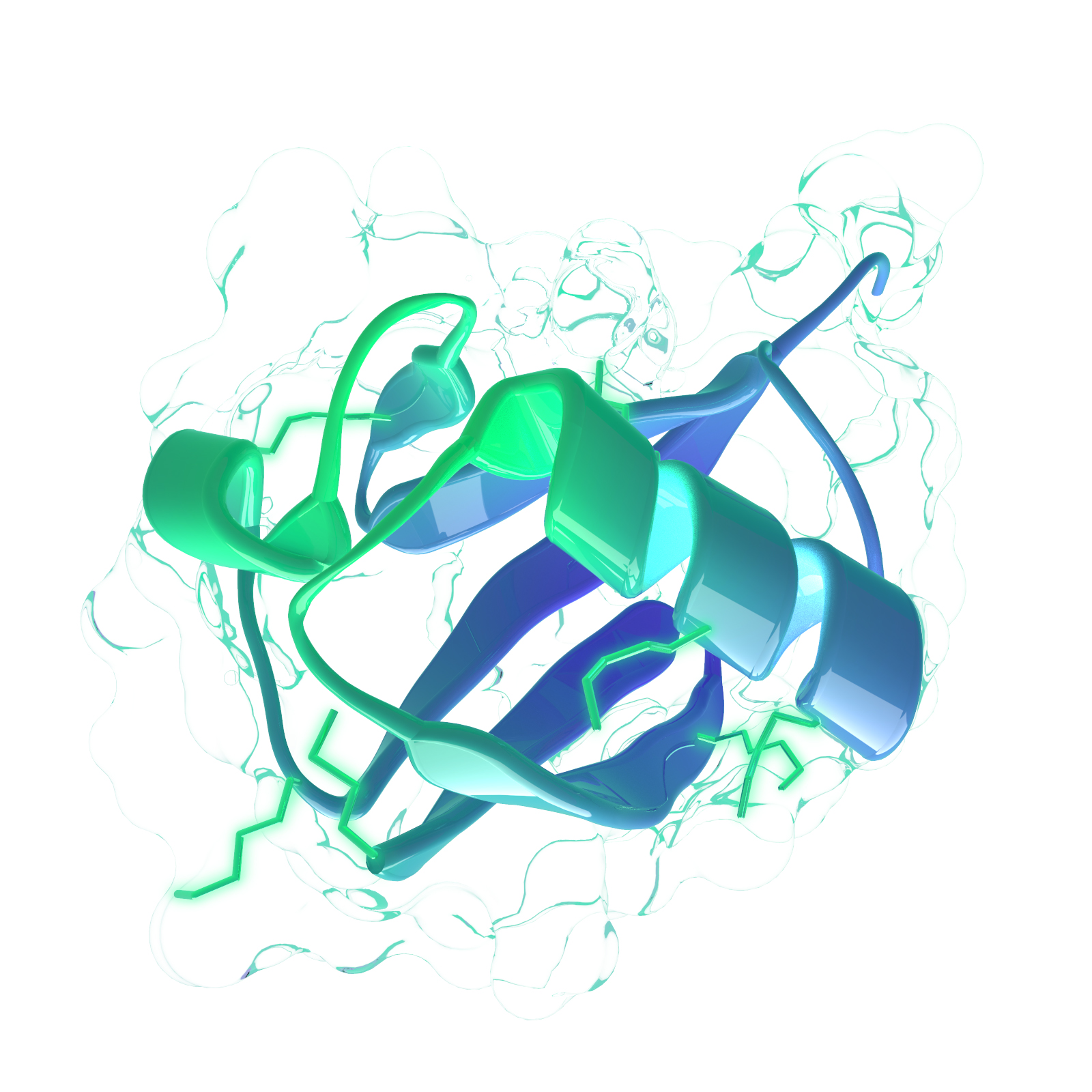From small molecules to complex organelles
Latest News
- July 1, 2024 New Adapter Molecule Expands Therapeutic Potential Around the Cell’s Waste Disposal System Disease-causing proteins can be removed from the cell through targeted protein degradation. For this, the protein must be connected to one of the approximately 600 endogenous so-called ubiquitin ligases. So far, clinical success has only been achieved with two of these ligases. A team of researchers at CeMM, led by Georg Winter, has now discovered an adapter for a new ligase, potentially significantly expanding the range of medical applications. The study was published in Nature Communications. Read more →
- June 25, 2024 Damage Control: Targeting Mitochondria Deficiency in mitophagy is a hallmark of neurodegenerative diseases such as Parkinson’s. The molecular mechanisms that govern mitochondrial degradation, however, are not well understood. In their new publication in Nature Structural and Molecular Biology, Elias Adriaenssens from the Martens lab (Max Perutz Labs) and colleagues show that the TBK1 kinase adaptors NAP1 and SINTBAD play crucial roles during mitochondrial degradation by controlling pathway initiation and driving its efficient progression. Read more →
- June 25, 2024 Predoc student (Dagdas Lab and Proteomics Technology Hub) Open position for a highly motivated Predoc student (1 year, with the option to extend) at the intersection of single cell proteomic method development and autophagy research. Read more →
About the Program
Targeted Protein Degradation: From small molecules to complex organelles
Our Special Research Program is a collaborative research platform to unravel how proteins are targeted for degradation. We focus on the two major cellular proteolytic pathways, the ubiquitin-proteasome system (UPS) and autophagy, and the crosstalk between them in the cytoplasm and in the nucleus. Furthermore, we investigate how small molecules can be used to chemically reprogram the degradation systems, enabling the targeted proteolysis of selected proteins in a spatially and temporally controlled manner …

Selected Publications
- 2024 Tau fibrils evade autophagy by excessive p62 coating and TAX1BP1 exclusion Science Advances Go to publication →
- 2023 Structural basis of how the BIRC6/SMAC complex regulates apoptosis and autophagy Science Go to publication →
- 2023 Shuffled ATG8 interacting motifs form an ancestral bridge between UFMylation and C53-mediated autophagy EMBO Journal Go to publication →